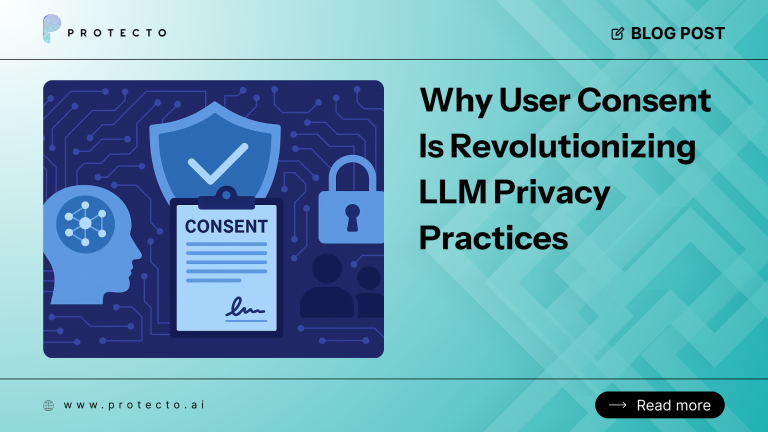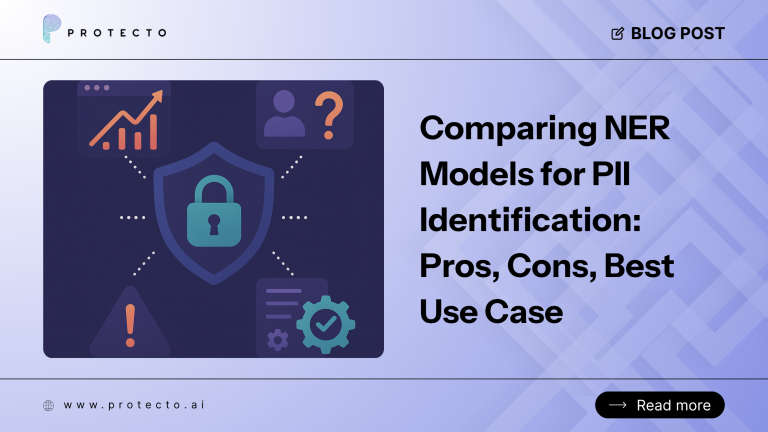I want to coin the term Shadow AI, similar to Shadow IT.
What is Shadow IT?
Shadow IT refers to software and systems used within a company without the official approval or knowledge of the IT department. Imagine an employee using a non-approved app to share documents with a team member instead of using corporate-sanctioned software. This kind of unseen or “shadow” usage can create significant security and compliance risks for organizations.
Emerging Challenge: Shadow AI
Now, let’s talk about Shadow AI. The global AI market is expected to cross $1 trillion in 2024. The adoption of AI is growing much faster than Shadow IT. Employees might be using Large Language Models (LLMs) such as ChatGPT, Bard, and various applications secretly using these LLMs in the background to process data. They may need to do all of this with the knowledge or approval of the IT or data security teams.
For example, an employee might use a popular LLM to draft emails, review contracts, or analyze employee feedback data. While these tools are beneficial and efficient, they may process sensitive internal data that should be protected, creating a backdoor route for potential data leaks and privacy breaches.
Why is This a Problem?
The core issue is that using these AI technologies without oversight can unknowingly expose confidential information or sensitive data, leading to unintended privacy and security breaches. When AI models process data, they send it to their servers, which may not adhere to the organization’s data protection policies or compliance requirements like PCI, GDPR, or HIPAA.
What Can Be Done?
So, what can Chief Information Security Officers (CISOs) and CIOs do about Shadow AI? Here are a few strategies:
- Educate Employees: Ensure all employees know the risks of using unauthorized AI applications and the importance of protecting data.
- Offer Approved Alternatives: Provide workers with sanctioned, secure, and privacy-compliant alternatives to popular AI tools, reducing the temptation to go rogue.
- Regular Audits: Regularly inspect and audit the software and apps used by employees to identify any unsanctioned tools and manage Shadow AI effectively.
- Create Easy-to-Use Processes: Employees turn to shadow IT or AI because the approval processes are complex and opaque. Offer a simple way to check for approved tools.
- Collaborative Approach: Encourage employees to communicate their needs and issues with the existing tools so that the IT department can provide suitable solutions.
Shadow AI can sneak into our daily work routines without malicious intent but with potentially serious consequences. Businesses can harness the power of AI by implementing strategic solutions and promoting a culture of awareness and compliance while safeguarding their precious data.
Protecto can help you enable secure and privacy-preserving AI inside your organization. Talk to us www.protecto.ai




